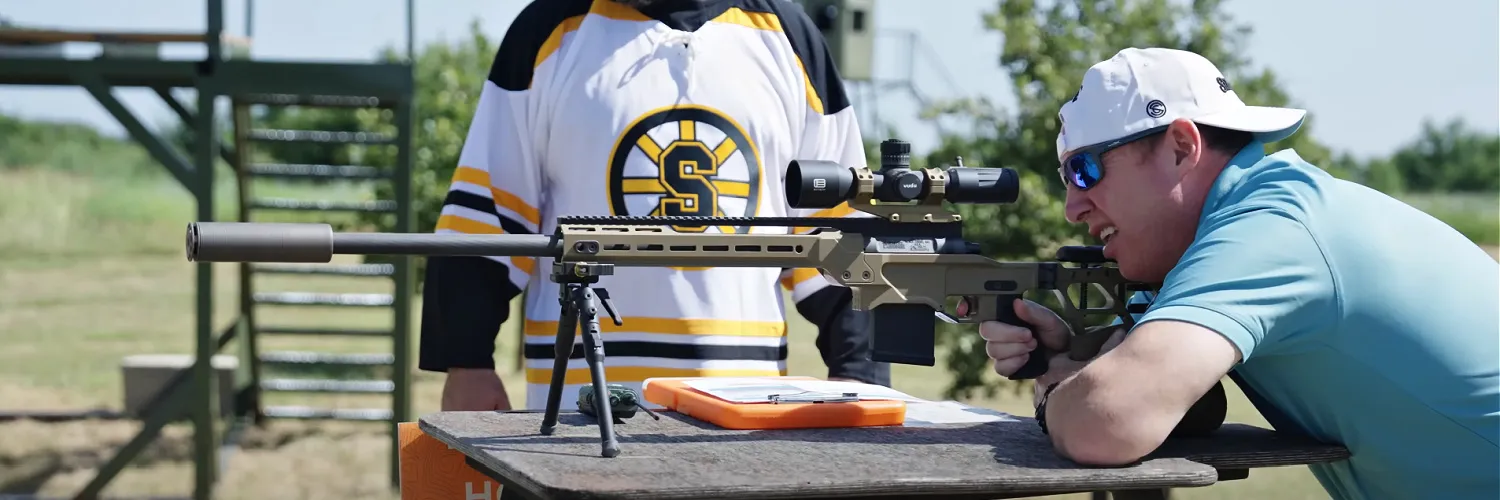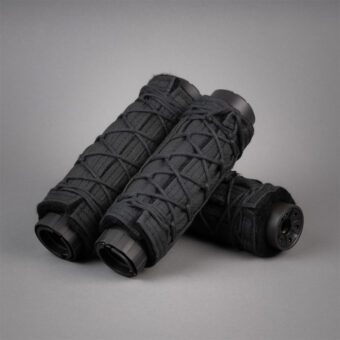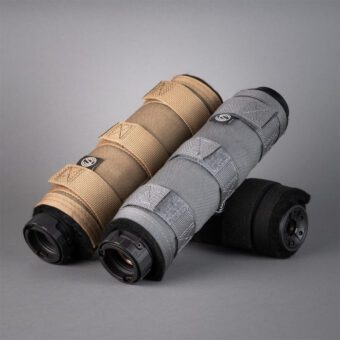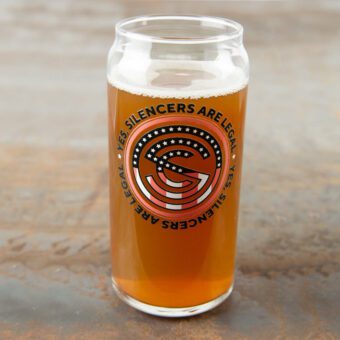What’s a Suppressor and How Does it Work?
Travis Pike
Silencer. Suppressors. Cans. Mufflers. These are all names for a device mounted at the end of the barrel that is designed to reduce the noise of a gunshot.
While the term ‘suppressor’ may be familiar and self-explanatory, the real key to understanding suppressors is their simple yet effective operation. The technology is easy to grasp, even for those new to firearms. It can be traced back to 1902 when Hiram Percy Maxim produced the first suppressor. While there have been improvements to suppressor design since then, they haven’t changed radically.
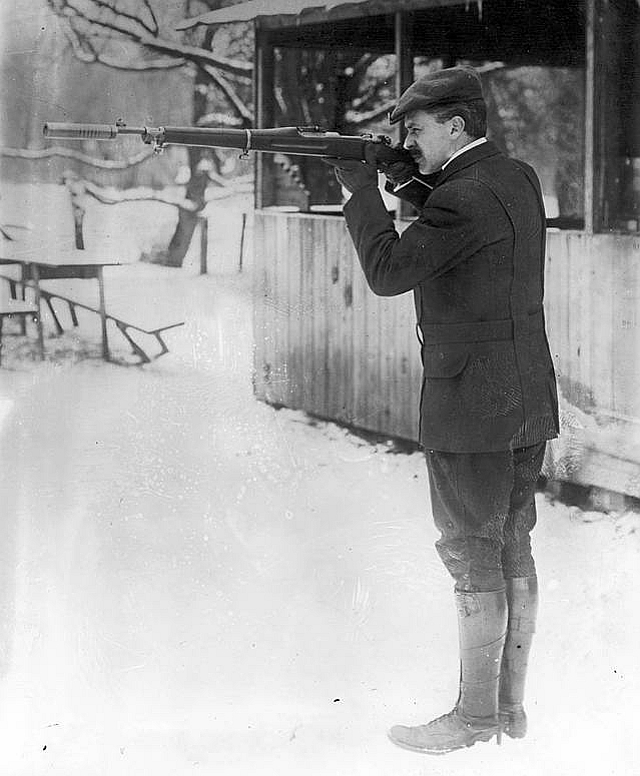
What is a Suppressor?
A suppressor is a device that muffles the noise created by a gunshot. It often looks like a metal tube, but external designs vary.
Silencers are made from a variety of materials. Metal is the most common material, specifically metals like stainless steel, aluminum, and titanium. There are other alternative suppressor materials but they tend to be niche products for special use cases.
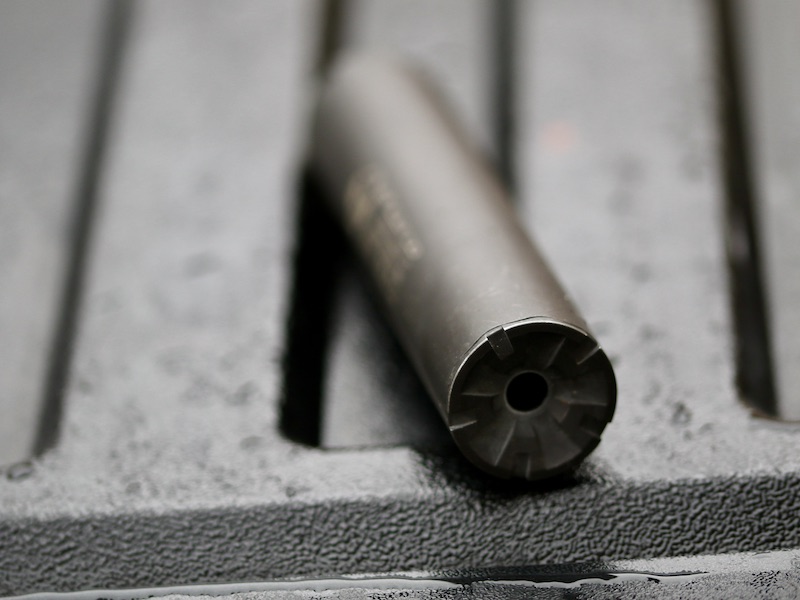
How does a suppressor work?
Simply put, a suppressor mitigates the noise of a gunshot by redirecting the burning gas through baffles and chambers, slowing and cooling the gas before it exits.
In an unsuppressed firearm, the sequence goes like this: the firing pin strikes the primer of a cartridge, igniting the gunpowder. The burning gas propels the projectile down the barrel, followed by the gas. When the gas exits the barrel of the firearm, it’s essentially an explosion and that is where the majority of the noise comes from.
In a suppressed firearm, however, the sequence of events is modified to reduce the noise. Inside a suppressor, a series of baffles form chambers. Those chambers are designed to allow the bullet to pass through while redirecting and cooling the burning gas, thus muffling the noise of the gunshot.
If you’re a car guy, this might start to sound a lot like a car muffler. It bears mentioning that Hiram Percy Maxim is credited for producing the first muffler for an internal combustion engine.
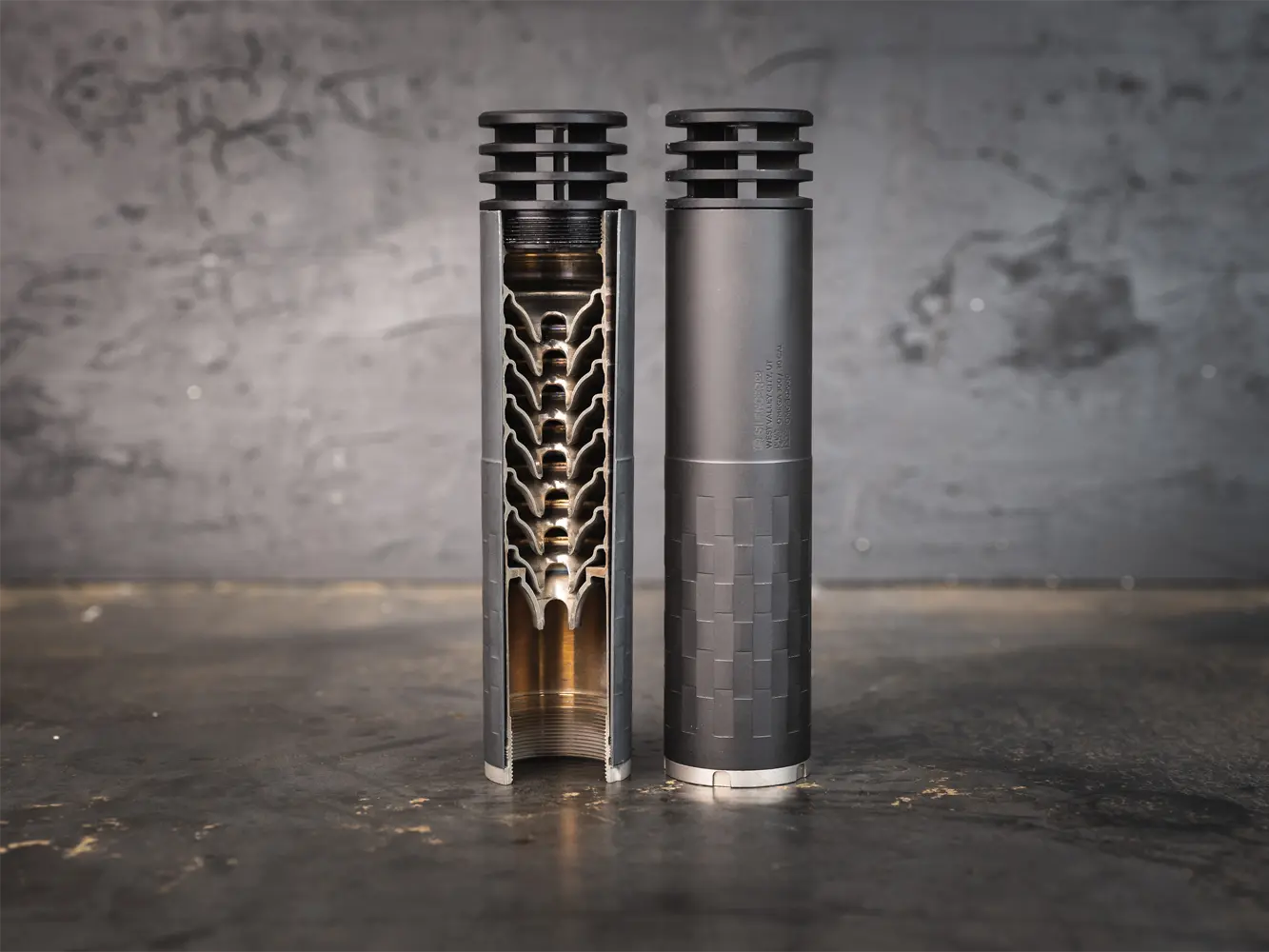
The length of a suppressor directly affects the noise and often longer suppressors can create a quieter gun. There is a point of diminishing returns, however, and longer suppressors can create practical concerns with firearm ergonomics.
Do suppressors impact shooting?
The main goal of a suppressor is to reduce noise, butthey also offer additional benefits. This includes recoil reduction since the suppressor acts like a muzzle brake. The extra weight and redirection of the gas also help reduce muzzle rise.
Do suppressors affect range or accuracy?
On the range, suppressors do not negatively impact the firearm’s range. While they might theoretically increase velocity and range, the effect is negligible.
In regards to accuracy, the answer is more complicated. Poor-quality suppressors or rifles with bad threading can cause problems, but this is true for any threaded muzzle device. With a quality suppressor and rifle, accuracy should not decrease; in fact, you might see an improvement due to reduced sound and recoil, which can minimize flinching.
Using a suppressor can shift your point of aim and impact due to changes in barrel harmonics. Barrel harmonics are finicky, and affected by weight. If you plan to shoot with a suppressed rifle, it’s wise to zero the rifle while it is wearing the suppressor.
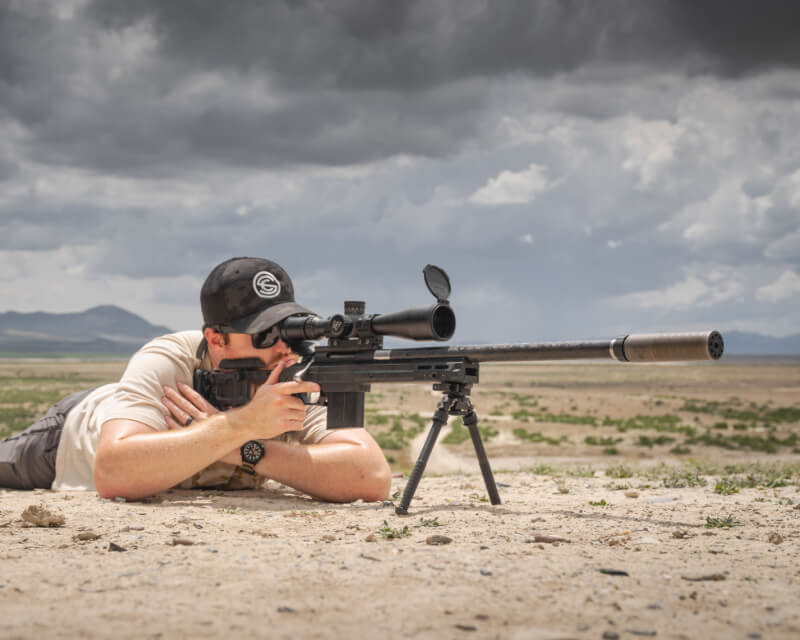
Suppressors and the Law
Suppressors are regulated under the NFA Act. To purchase a suppressor an individual must:
- Submit an ATF Form 4.
- Submit a Passport Photograph.
- Submit Fingerprints.
- Send a copy of the Form 4 to your CLEO.
- Pay a $200 Tax Stamp.
After completing these steps, there is a wait time ranging from 90 days to 9 months. Once you receive the tax stamp, you can take possession of your suppressor. If you decide to sell it, the buyer must undergo the same process.
As a suppressor owner, be cautious when traveling. Check state laws regarding suppressor ownership, as some states may restrict hunting with suppressors or classify them as firearms with additional restrictions.
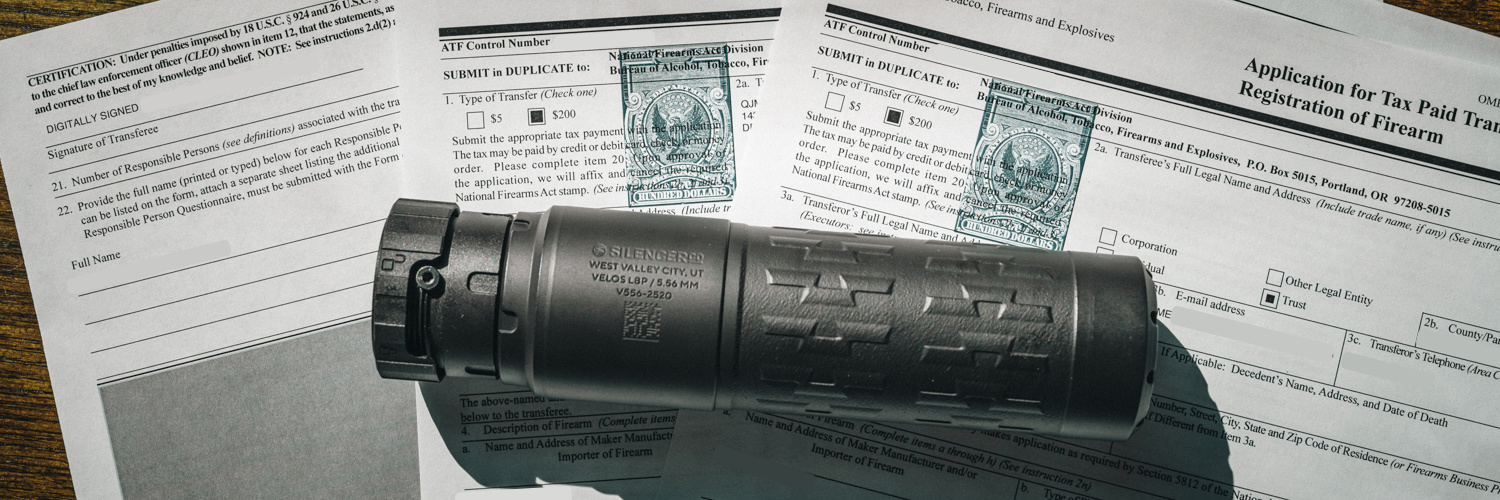
Keeping Things Quiet
The simplicity of suppressors is what fascinates me. They are highly effective while being straightforward. Over time, they’ve improved, becoming slightly more complex, but also lighter, stronger, and quieter. It all comes down to the right arrangement of baffles and chambers to slow and cool hot gas.



